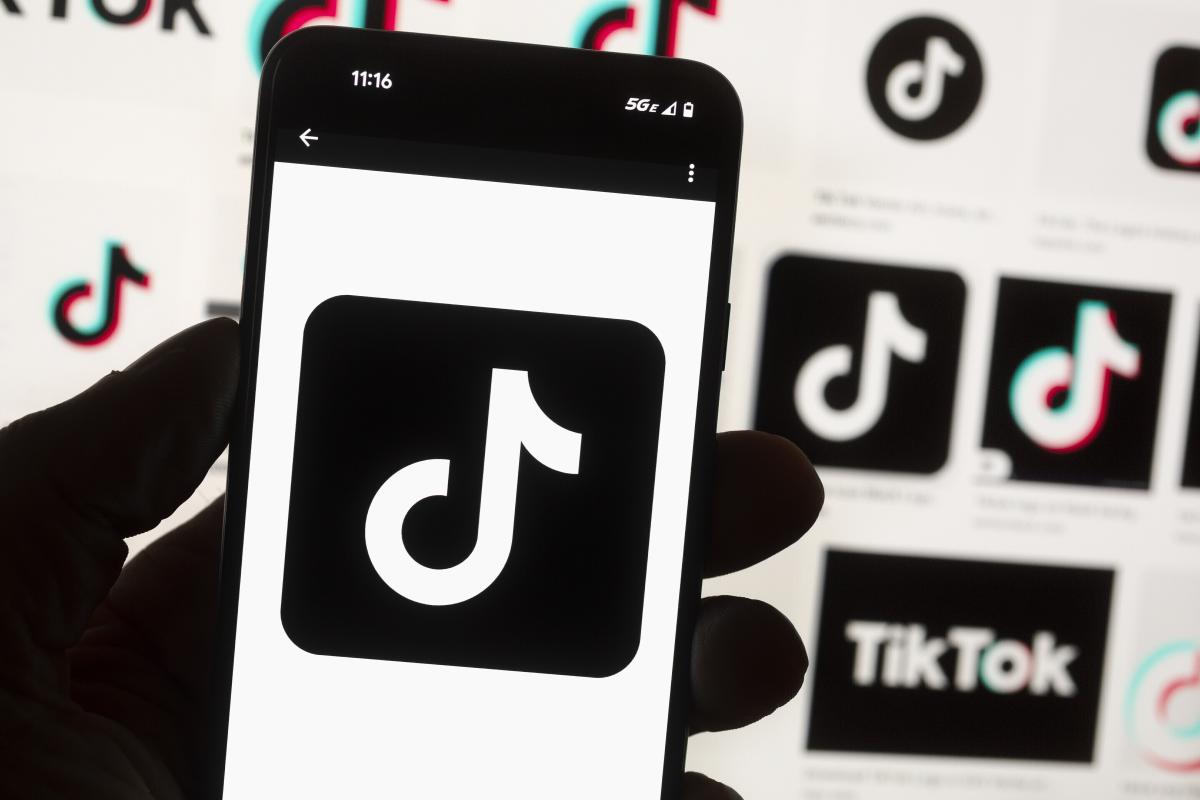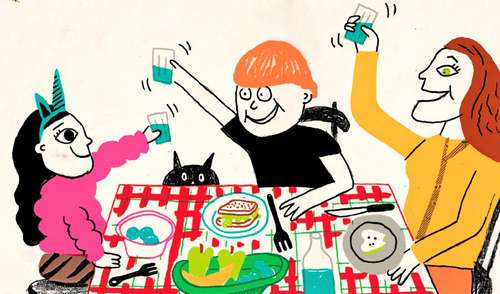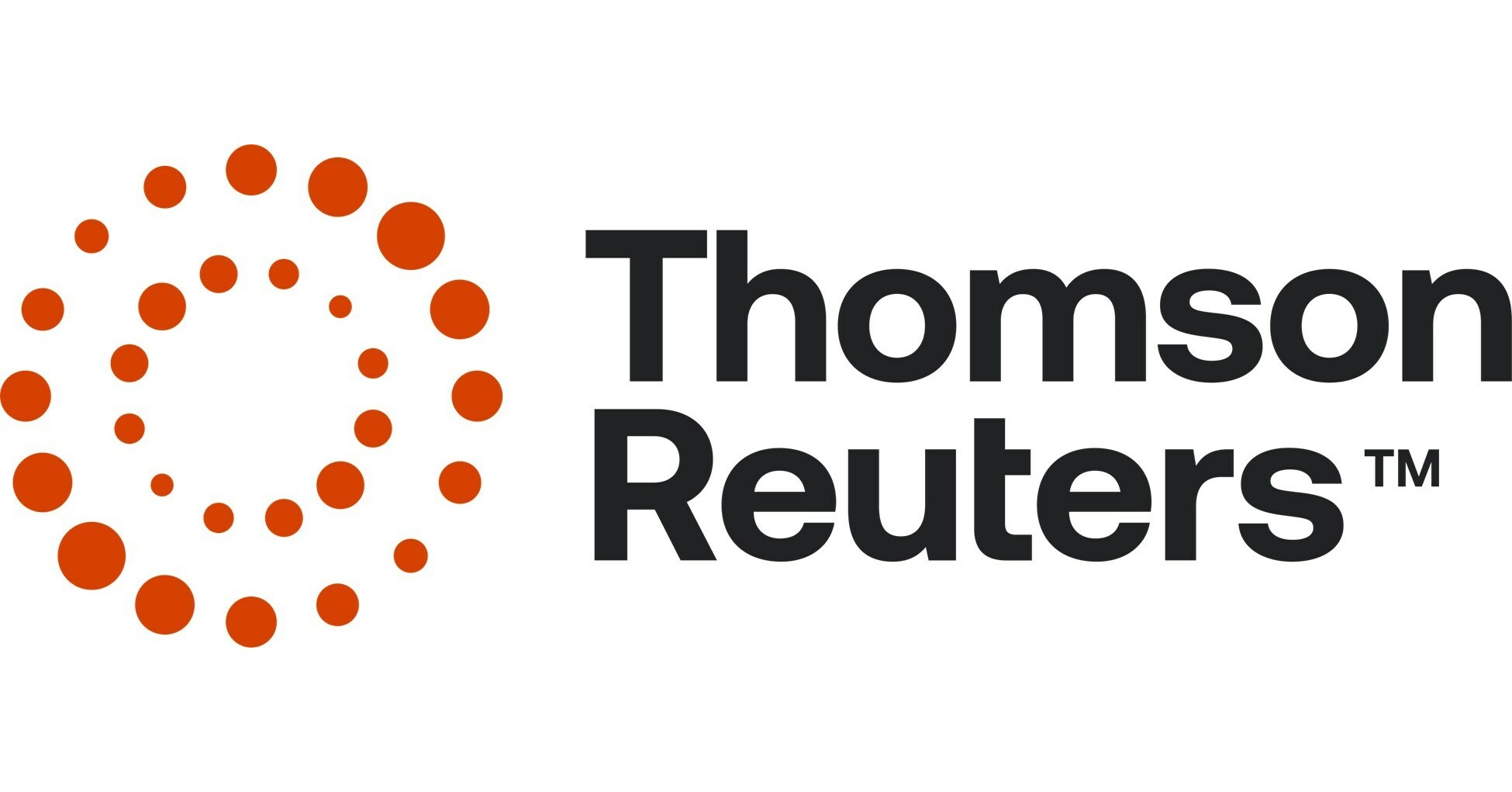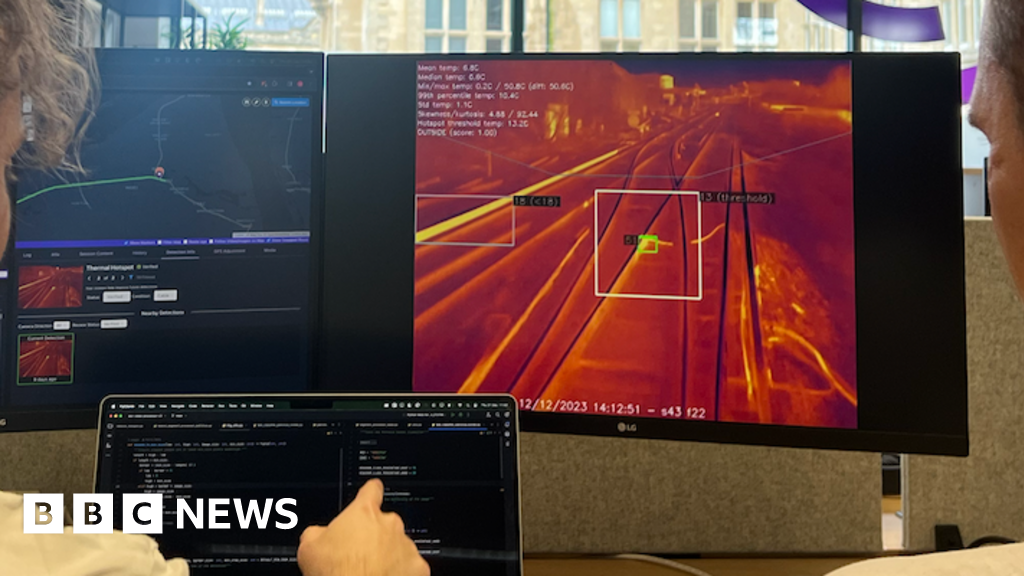In a move to combat the spread of misinformation, TikTok has announced that it will be labeling content created using artificial intelligence (AI) that is uploaded from sources outside of its own platform. The social media giant has partnered with the Coalition for Content Provenance and Authenticity to utilize their Content Credentials technology, which allows metadata to be attached to content, enabling TikTok to instantly recognize and label AI-generated content.
TikTok’s Head of Operations & Trust and Safety, Adam Presser, stated that users and creators are excited about the possibilities that AI offers for creativity, but it’s important to distinguish between fact and fiction. Previously, TikTok encouraged users to label content that was generated or significantly edited by AI, especially if it featured realistic images, audio, or video.
This move is part of TikTok’s efforts to ensure transparency when it comes to AI-generated content. The labeling of AI-generated content began on Thursday for images and videos, with plans to extend this to audio-only content in the near future. In the coming months, all content created on TikTok will have Content Credentials attached to it, even when downloaded. This will help users identify AI-generated content and understand how it was created or edited.
Other platforms that adopt Content Credentials will also be able to automatically label AI-generated content. TikTok is the first video-sharing platform to actively implement Content Credentials, and it will be joining the Adobe-led Content Authenticity Initiative to encourage the adoption of these credentials across the industry.
Overall, this move by TikTok highlights the importance of transparency in an era where AI is increasingly being used for creative purposes on social media platforms. It serves as a reminder that while technology can offer new opportunities for creativity and expression, it’s important not to let it compromise our ability to discern what is real from what is not.



